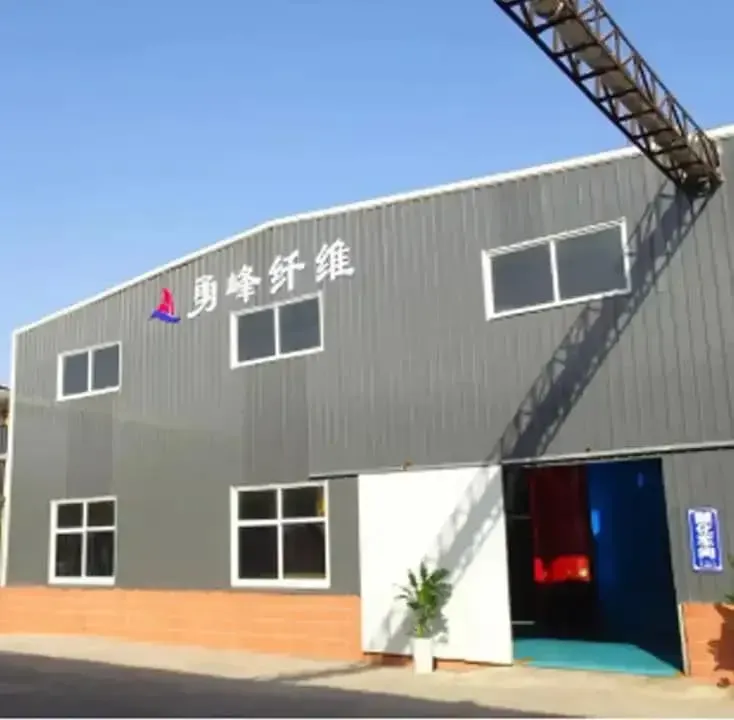The Role of Hydroxypropyl Methylcellulose in Chemical Adhesives
Hydroxypropyl methylcellulose (HPMC) is a versatile polymer that plays a pivotal role in various sectors, particularly in the formulation of chemical adhesives. Its unique properties, including its ability to form gels, retain water, and enhance adhesion, make HPMC an essential ingredient in many adhesive applications. This article explores the characteristics of HPMC, its functions in adhesive formulations, and the benefits it brings to various industries.
Understanding Hydroxypropyl Methylcellulose
HPMC is a semi-synthetic, non-ionic polymer derived from cellulose, the most abundant natural polymer on Earth. By chemically modifying cellulose with hydroxypropyl and methyl groups, HPMC acquires enhanced solubility in water and an ability to form stable colloidal solutions. The degree of substitution of these groups affects its properties, making HPMC adaptable for multiple applications in adhesives.
Key Properties of HPMC
One of the most remarkable characteristics of HPMC is its thickening and film-forming capabilities. When dissolved in water, it creates a viscous solution that facilitates easier manipulation during adhesive formulation. Additionally, HPMC forms a flexible and durable film upon drying, which is critical for enhancing adhesive bonding strength. This property allows adhesive products containing HPMC to exhibit excellent adhesion to various substrates, including wood, paper, and plastics.
Moreover, HPMC is known for its water retention properties. In adhesive formulations, HPMC helps prevent premature drying, ensuring that the adhesive remains workable for longer periods. This feature is especially vital in construction and woodworking applications, where extended open time is required to position materials correctly before the adhesive sets.
Applications in Chemical Adhesives
chemic adhes hpmc

HPMC is widely utilized in both water-based and solvent-based adhesive formulations. In the construction industry, it is commonly employed in tile adhesives, joint compounds, and textured coatings. The water retention properties of HPMC ensure that these adhesives maintain their workability while providing a strong bond once cured.
In the realm of woodworking, HPMC-based adhesives are favored for their excellent performance on various wood types. They demonstrate strong bonding capabilities, allowing for durable joints in furniture and cabinetry. Additionally, HPMC is often incorporated into pressure-sensitive adhesives, which are used in tapes and labels due to its ability to enhance tack and shear strength.
HPMC also plays a crucial role in the production of hot melt adhesives. By modifying the viscosity and gelation properties of these adhesives, HPMC contributes to their thermal stability and performance at elevated temperatures. This is especially important for packaging applications where adhesives must endure temperature fluctuations.
Advantages of Using HPMC in Adhesives
The inclusion of HPMC in adhesive formulations offers several advantages. First, its non-toxic and biodegradable nature aligns with the growing demand for eco-friendly products in the adhesive market. Manufacturers and consumers are increasingly looking for sustainable alternatives, and HPMC fulfills this criterion while maintaining performance.
Second, HPMC enhances the overall properties of adhesives, leading to stronger and more reliable end products. Its versatility allows formulators to adjust characteristics such as viscosity, bonding strength, and drying time according to specific application needs. This flexibility makes HPMC an invaluable component in creating tailored adhesive solutions.
Conclusion
Hydroxypropyl methylcellulose is a cornerstone in the development of chemical adhesives, offering unique properties that enhance performance across various applications. From construction to woodworking and packaging, HPMC's contributions are significant in ensuring that adhesives deliver reliable and effective bonding solutions. As industries continue to innovate towards sustainable practices, HPMC remains a relevant and essential ingredient in the formulation of modern adhesives.
-
Premium Detergent Grade HPMC Hydroxypropyl Methylcellulose: Superior Thickening & StabilityNewsAug.31,2025
-
HEC 100000 Hydroxyethylcellulose for Paint | Superior ThickeningNewsAug.30,2025
-
Wall Putty Rdp Powder Packaging DesignNewsAug.29,2025
-
Introduction to Hpmc Hydroxypropyl Methyl CellulosNewsAug.29,2025
-
Hpmc Industri Grade IntegrationNewsAug.29,2025
-
How to Choose the Right Construction AdhesiveNewsAug.29,2025




